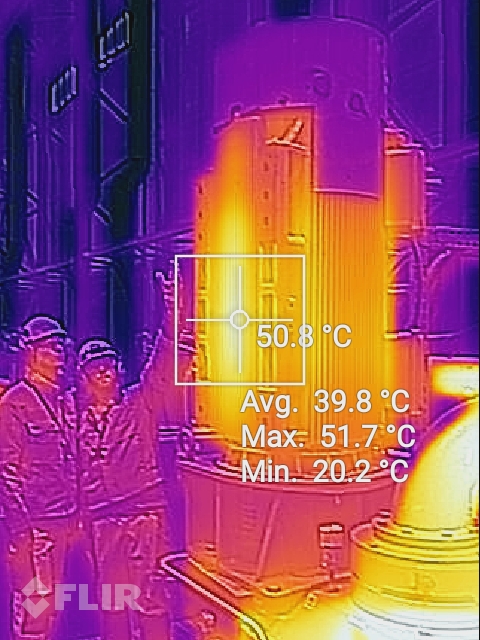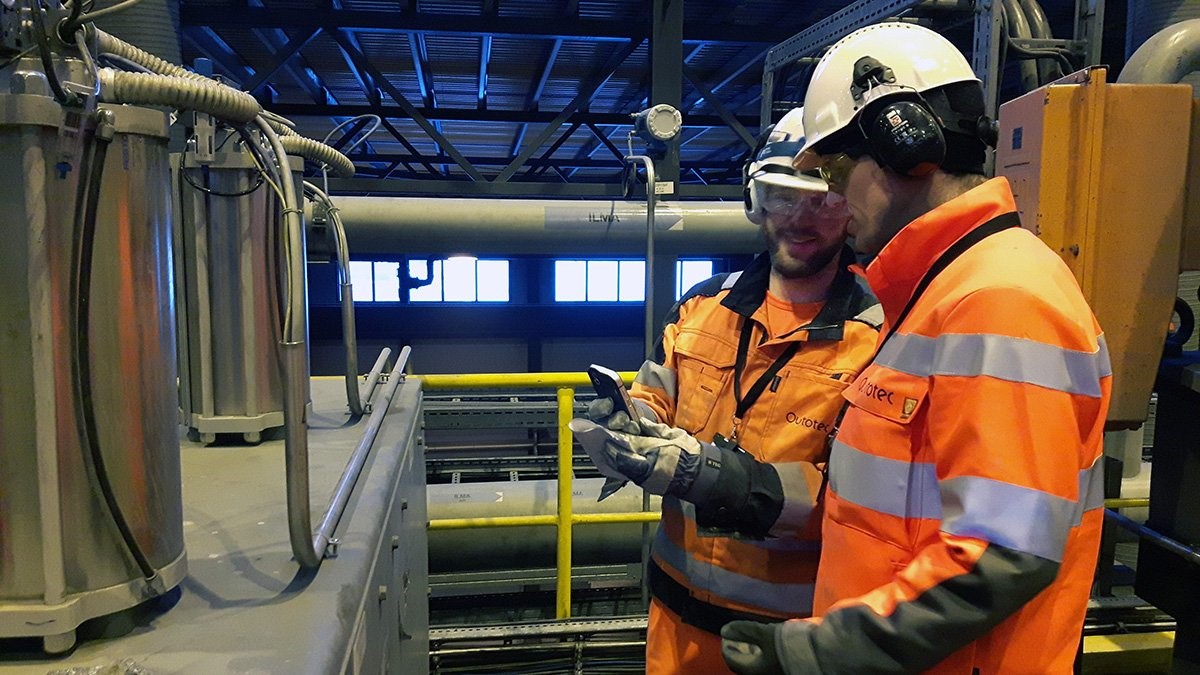Digitalization – which in large scope means exploiting digital technologies to change existing business models to create new earning logics and ways to create value – is gradually revolutionizing the way of delivering maintenance services by increasing the efficiency and cutting the operating costs. The core of digitalization lies in data transfer and automatization of processes that otherwise would require a lot of working hours and manpower. If the whole maintenance delivery process is digitalized, data can be collected from all the phases of the process and it can be used to simplify or even automate decision-making. Through cloud solutions the data can also be accessed more easily by different users.
In a digital plant, need for maintenance would come as a service request from the equipment itself. This of course would require that the equipment are connected to online condition monitoring sensors and devices, which are not yet a very common sight in concentrator plants. The Service Request could be automatically forwarded to correct service provided with details of the equipment or component that created the alarm. This way the service provider would immediately know for example which spares are needed when visiting the site. Preferably, the service provider would also have visibility to the plants shutdown schedule so they could forward the service request to the resource with best availability.
While arriving on site, the service technician would locate the equipment for example by having an augmented reality view of the plant in his smart glasses. By scanning the equipment’s QR code, the service technician could access the equipment’s maintenance history, failure log, maintenance diary etc. and have a closer look at how the equipment has been operating. He could also see some digital service instructions that would help him carry out the maintenance work more efficiently and safely. After the maintenance work is completed, the service technician could fill out a digital report using a mobile device and send it to the customer right away.
As this example shows, the clear benefits of using digital tools while carrying out the maintenance work come from increased efficiency, while the work can be carried out in shorter time thanks to the automated process that would otherwise require a lot of manual work from different stakeholders. Also, the maintenance work itself can be carried out more quickly and safely, because the digital tools can guide the service technician to use best and safest maintenance practices. Finally, the relevant data can be accessed more easily and the new reporting data can be transferred to customers cloud almost immediately after it is created.
Outotec is leading the way towards digitalization with digital inspection tool
Outotec is optimizing the way in which it undertakes and stores the information from its field service site inspection reports. As part of this Outotec moving from a pen and paper approach to a digital onsite inspection and cloud based data solution.
The need to have a mobile application (App) and web service to replace the pen and paper approach to completing site service inspections meets Outotec’s needs not only now but carrying Outotec into the future. A cloud based mobile App makes it easy to analyze data, create dashboards & reports that can be easily shared with others, allowing access on the move.
There are many inspection applications on the market today that offer off the shelf usability, but these are not always easy to adapt to suit one specific requirements. Therefore to achieve the flexibility and adaptability Outotec requires with a digital inspection application the decision was made to develop an application based on a generic platform that suits our internal and customer requirements. With this in mind, Outotec has been running a Proof of Concept with a number of applications that have been build based on our requirements, and the final part of the PoC was the field testing held on the Kevitsa site with the kind permission of Boliden Oy.
The field test was a great success and finalization and implementation of the solution is to follow shortly.
This article was written by Kaarina Tuusjarvi and Simon Storey.


